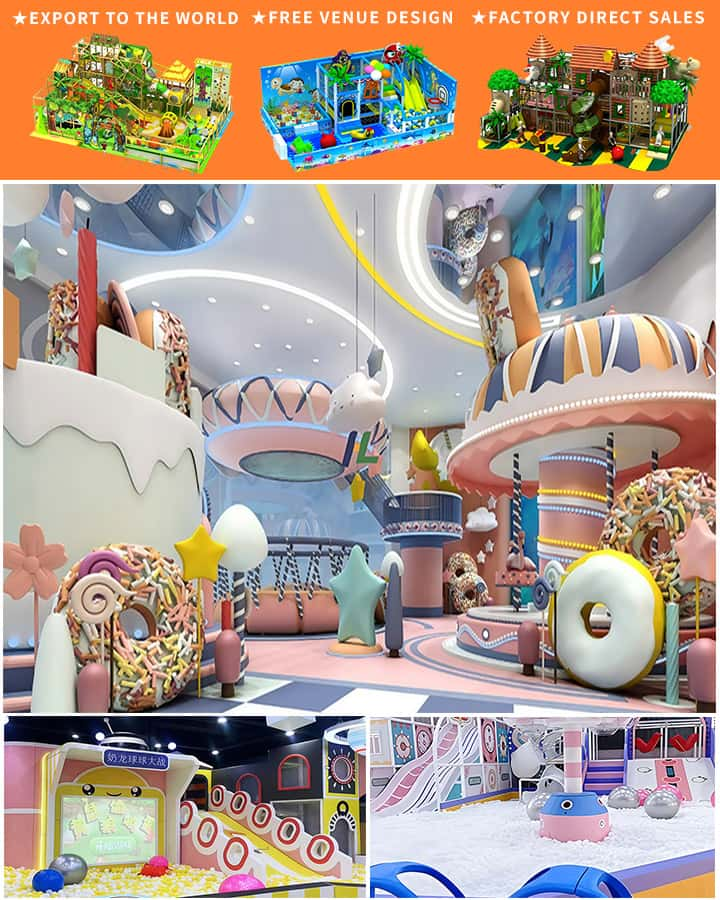A kids’ playground is more than just a space filled with swings and slides; it is a sanctuary where children can explore, learn, and grow. Whether you are a parent looking to design a backyard oasis for your little ones or a community member advocating for a local park upgrade, creating an engaging and safe playground requires thoughtful planning and creativity. Here’s a guide to help you build the ultimate playground that will delight children and give parents peace of mind.
Safety First: The Cornerstone of Any Playground
Safety is the primary concern when designing a playground. Ensure that the ground surface is soft and shock-absorbent, such as rubber mats, wood chips, or sand. Inspect the equipment regularly to check for any sharp edges, rusty metal, or loose screws. It’s also essential to choose age-appropriate equipment to minimize the risk of injury. For example, toddlers need low-to-the-ground structures, while older kids can handle higher climbing frames and more complex play systems.
Incorporate Diverse Play Equipment
Variety keeps children engaged and caters to different interests and developmental stages. Consider including:
- Climbing Structures: These promote physical activity and coordination. Options include climbing walls, rope ladders, and cargo nets.
- Swings: Classic and universally loved, swings come in various designs like belts, buckets, and tire swings.
- Slides: A playground staple, slides offer endless fun. Choose from straight, wavy, spiral, or tunnel slides.

- Merry-Go-Rounds and Seesaws: Great for social interaction and motor skill development.
- Sandbox and Water Table: These sensory play areas allow kids to dig, build, and create, fostering creativity and fine motor skills.
Create Zones for Different Activities
A well-organized playground can cater to various play types and reduce conflicts among children. Designate specific areas for:
- Physical Activity: Climbing frames, swings, and slides encourage exercise.
- Creative Play: Install chalkboards, music instruments, and building blocks to inspire imagination.
- Quiet Play: Include hammocks, reading nooks, or shaded benches for relaxation and solitary activities.
Add Natural Elements
Incorporating natural elements not only beautifies the playground but also connects children with nature. Plant trees for shade, use stepping stones instead of paved pathways, and install logs or boulders for climbing. These elements can provide tactile experiences and enhance the sensory richness of the playground.
Ensure Inclusive Play
Every child deserves access to playtime regardless of their abilities. Incorporate inclusive features such as:
- Ramps: Instead of stairs, use gentle ramps leading up to play structures.
- Wheelchair-Accessible Equipment: Ensure swings and other attractions accommodate wheelchair users.
- Soft Ground Coverings: Rubber tiles or poured-in-place surfaces are ideal for providing stability and safety.
Maintenance and Community Involvement
Regular maintenance is crucial for the longevity and safety of the playground. Create a schedule for inspecting and repairing equipment, replenishing materials in sandboxes, and cleaning common areas. Engaging the community can also make the playground more sustainable and enjoyable. Organize clean-up days, invite feedback from users, and consider forming a local playground committee to oversee operations and improvements.
Final Thoughts
A well-designed kids’ playground is a blend of safety, diversity, and creativity. By incorporating these elements, you can create a dynamic space that supports healthy development, fosters friendships, and provides endless hours of fun. So roll up your sleeves, gather your tools, and get ready to build a playground that every child will cherish!




